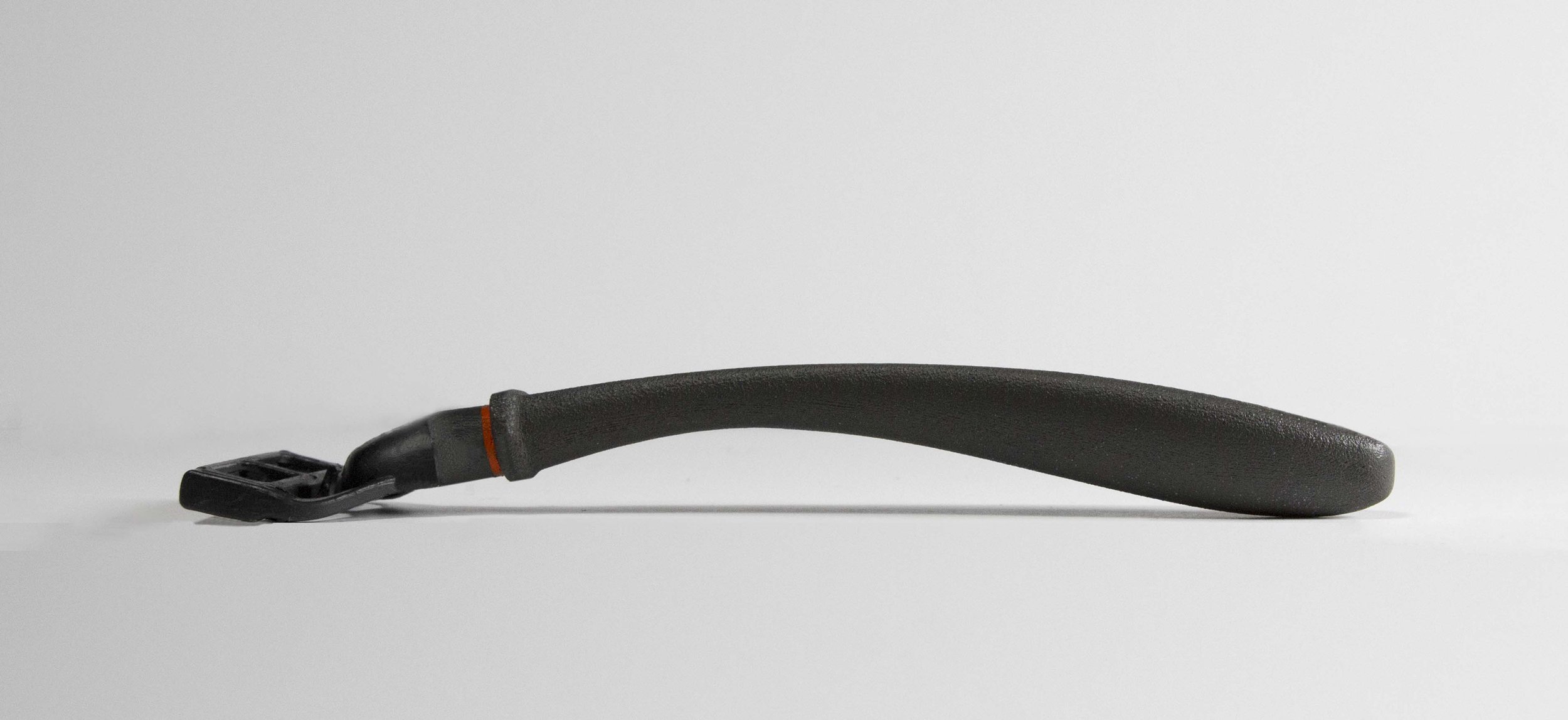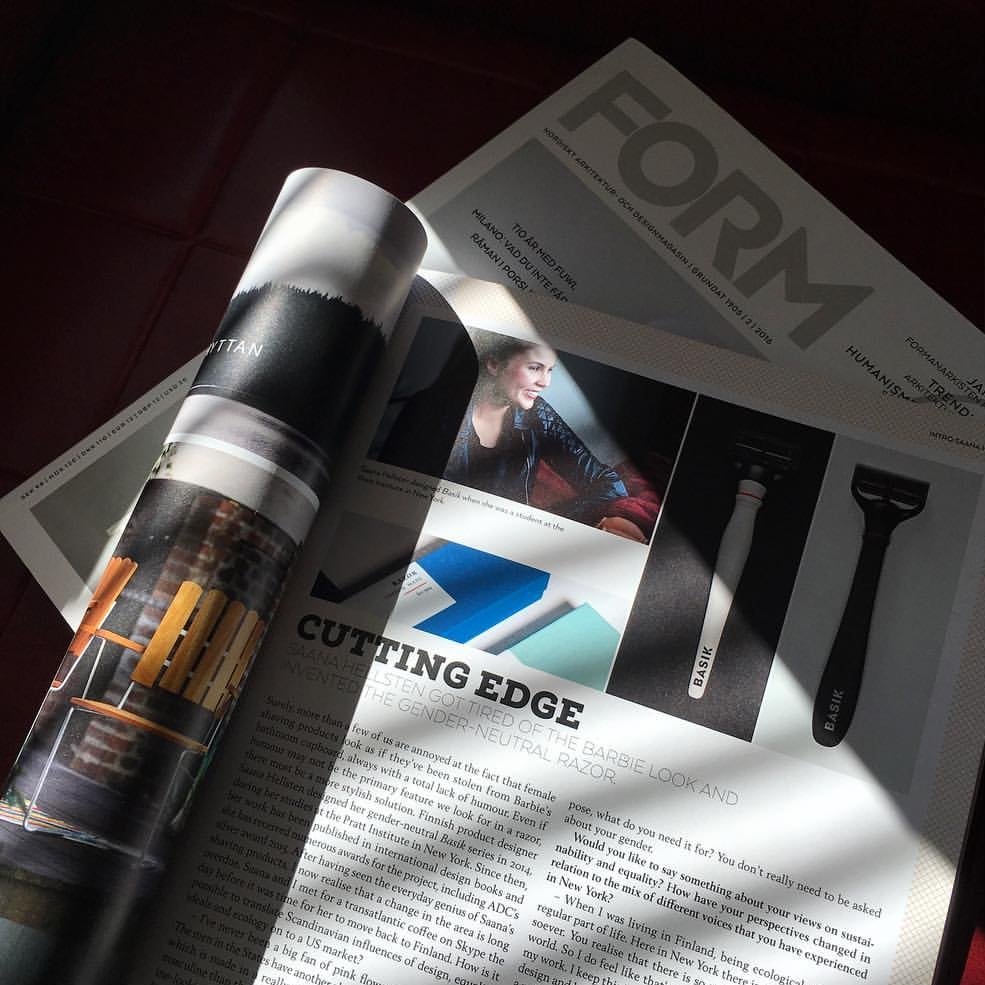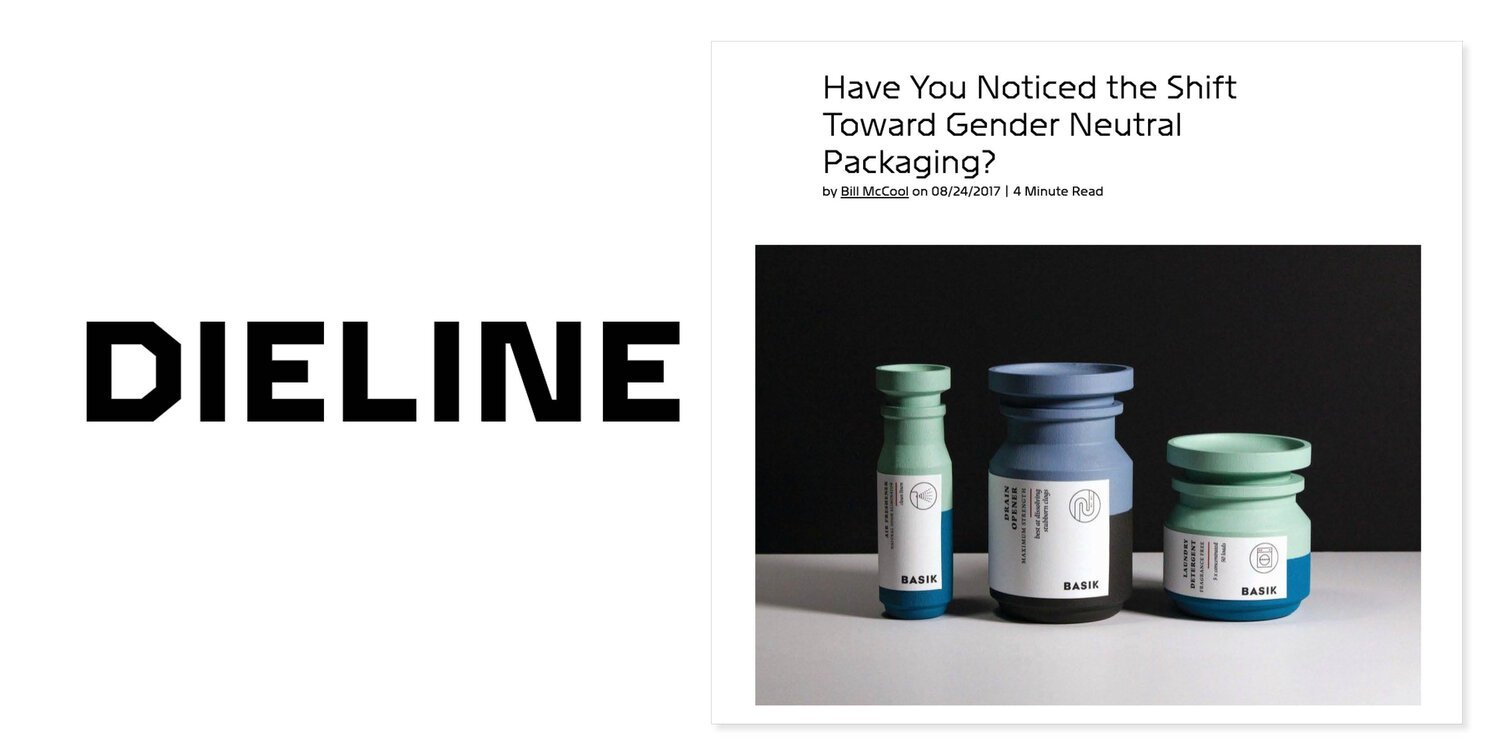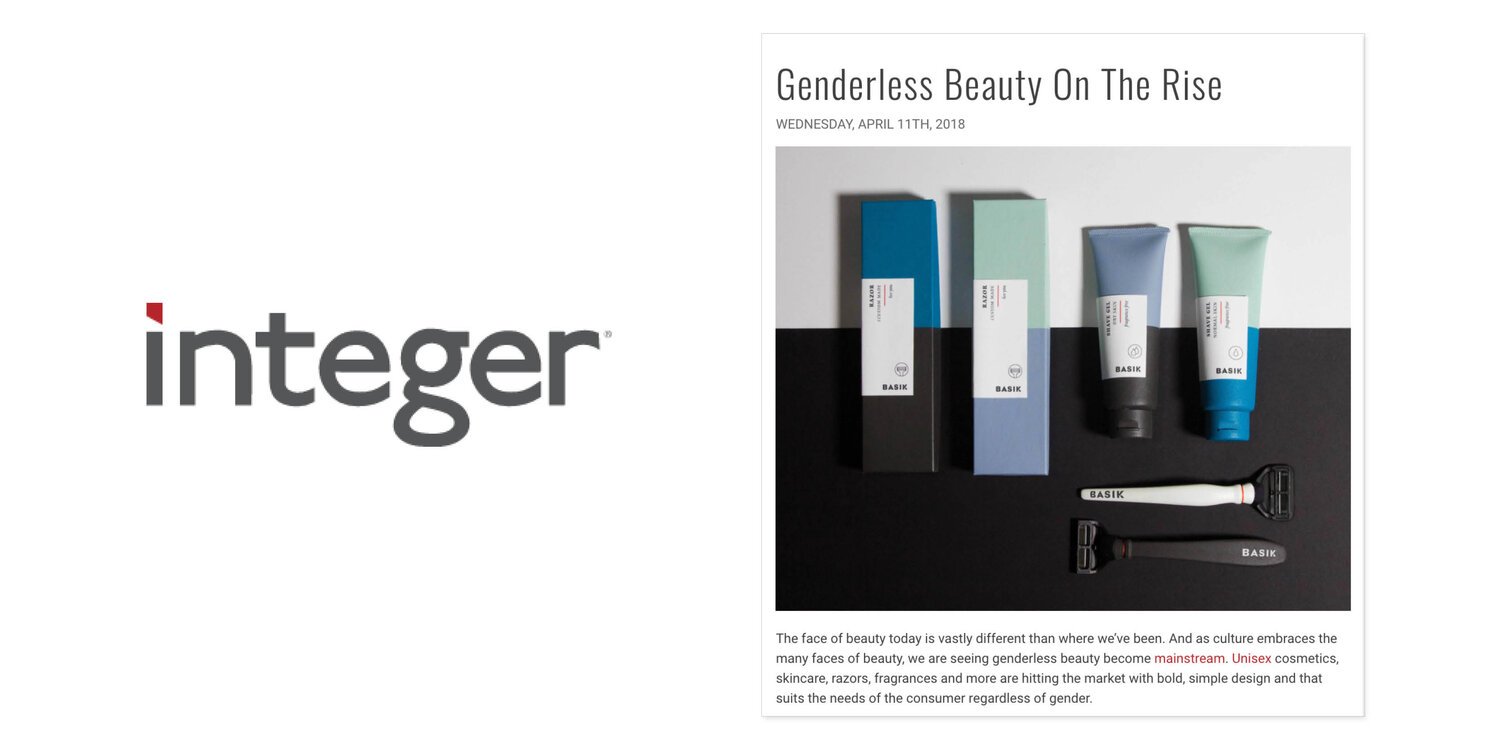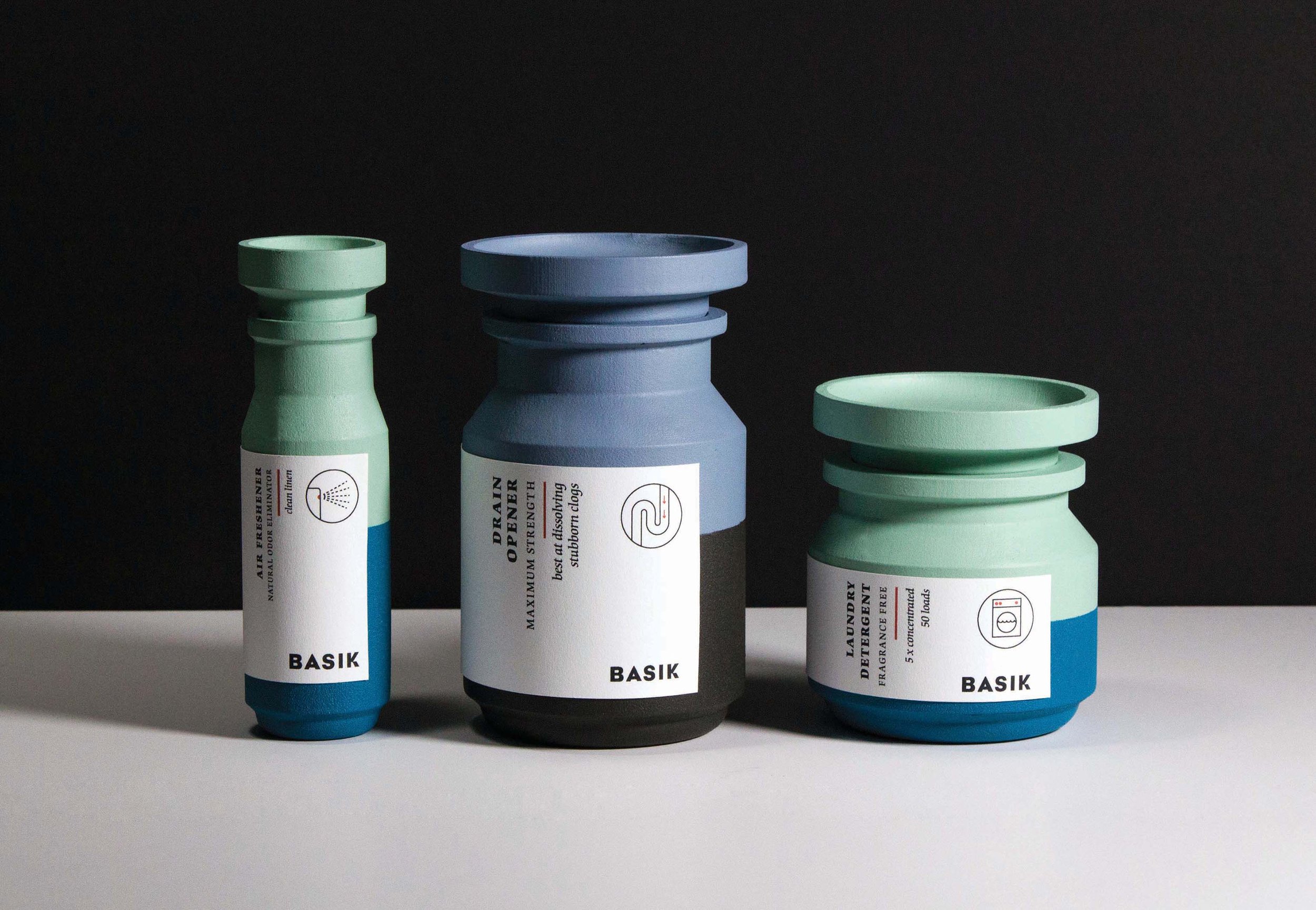
Basik
Thesis from Master's Degree at Pratt Insitute, NYC, 2014
Research, Concept Design, Branding, Packaging Design, Product Design, Service Design
-
Basik was born as the result of my thesis based on gendered visual language. The thesis criticises packaging that perpetuates gender stereotypes and sees gender-neutral packaging as a factor that can encourage gender equality and create a more sustainable world.
The name Basik refers to neutrality. I am digging into the basics of the products and leaving out the extra, such as the unnecessary gendered visual language. The project shows how the same gender-neutral solutions, when done well, can work throughout an entire product range.
My thesis is based on examining gendered visual language as a tool for communicating an attribute of a product and as a means of conveying the intended target audience of a product. I explore the former by taking a look at regular household products, while the latter I analyze by focusing on personal hygiene products.
THE WRITTEN PART OF THE THESIS CAN BE SEEN AFTER THE BASIK PROJECT
"Packaging For A Post-Binary Gender World"
-
In household products it is clear that gendered visual language carries heavy symbolism. Masculine design is often used in products that are perceived to have stereotypically masculine characteristics, such as power and effectiveness. Soft and sensitive products use feminine visual language instead.
By utilizing these stereotypes, traditional attributes of men and women are being enforced when I feel that we should do the opposite.
-
On the other hand, shaving products, such as razors and shaving gels, use highly gendered visual language in order to communicate which products are marketed for men and which for women. I learned that there in fact are some physical differences in the razors for men and women, but these differences are related only to the function of the product, not necessarily to the gender of the consumer.
For example, there are different blades for shaving a beard than for shaving legs, but this doesn’t mean that the potential target group of the product consists of one gender. Similarly, the packaging design of shaving gels is highly gendered, although the purpose of the product is usually the same regardless of the consumer; to make the skin smooth.
-
Designing Basik, I created a unified identity to all the products, which removes gendered design from the products. In the household products the focus is on stackability and modularity.
The personal hygiene projects focuses on individuality. It gives the consumers the option to choose the razor & shaving lotion based on its purpose and need, not the gender of the end user.
"BASIK strips away the gender from the packaging of shaving goods and instead focuses on the function”
As seen in
Creating a society open to diversity through gender-neutral design
Thesis from Master's Degree at Pratt Insitute, NYC, 2014
Research, Graphic design, Strategy
-
I received my Master’s Degree in Package Design from Pratt Institute, New York, in the Fall of 2014. This is the written part of my thesis, "Creating a Society Open to Diversity through Gender-Neutral Design."
The stereotypes of women and men are deeply ingrained in our minds from childhood. The visual language that surrounds us significantly influences our perceptions, as objects are not passive; they powerfully shape our behavior. People use objects as symbols to communicate status, intentions, personality, and culture, which in turn affects interpersonal interactions. The primary function of a product is often overshadowed by the pursuit of profit.
Packaging design, our first interaction with a product, perpetuates gender stereotypes—something I aim to change. I believe that designing gender-neutral packaging will promote gender equality and create a more sustainable world.
To address this topic, I examined the history of gender roles and stereotypes, and the impact of colors on us based on gender. I analyzed gendered visual culture and the marketing and branding strategies targeted at men and women.
Following thorough background research, I conducted a survey to study current visual preferences. Participants were presented with feminine, masculine, and neutral options in random order to determine their preferences and reasons.
With over 400 survey responses, the results informed a project called BASIK. This project examines gendered visual language as a tool for conveying product attributes and identifying the intended target audience. I explore this by looking at regular household products for the former and personal hygiene products for the latter.
Interested in learning more? Don’t hesitate to contact me to get a recap of the full research or get a talk on the topic.








